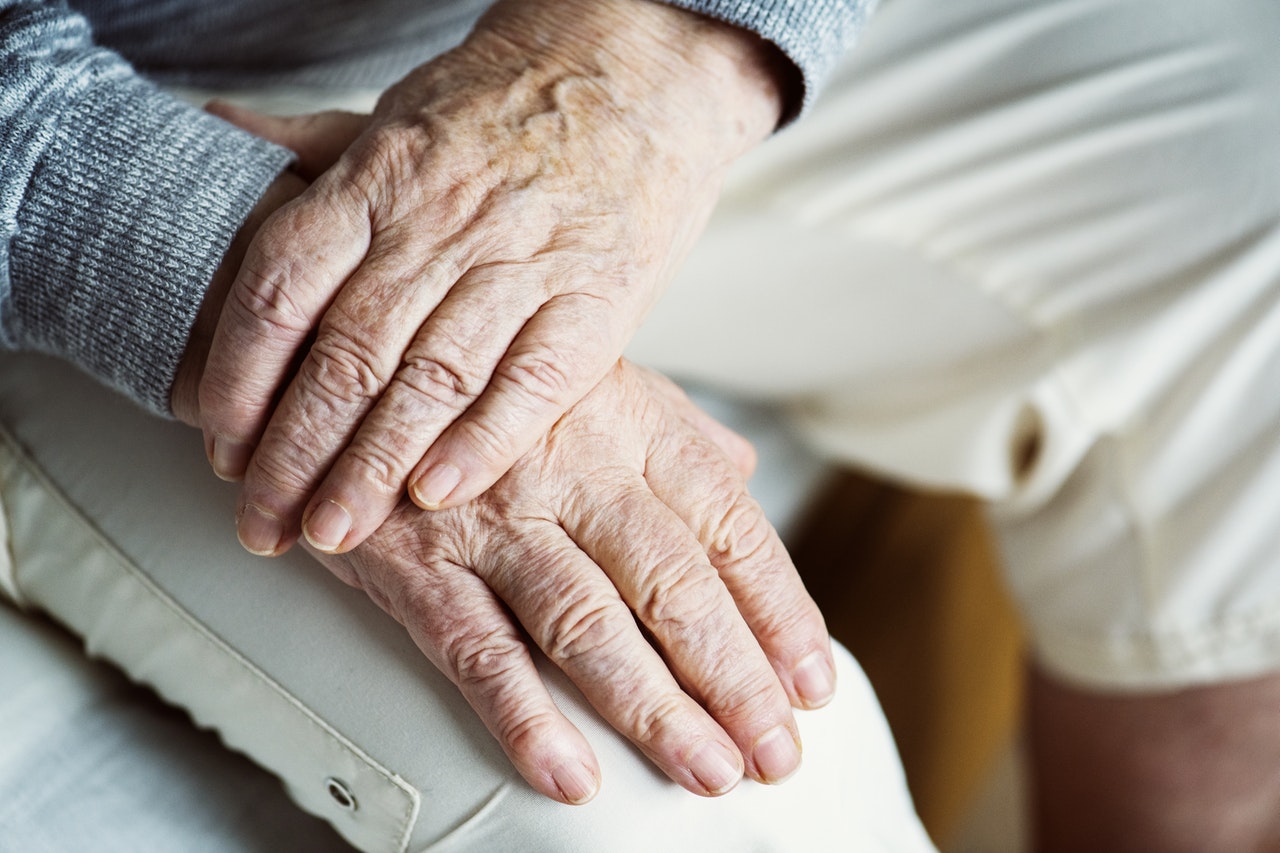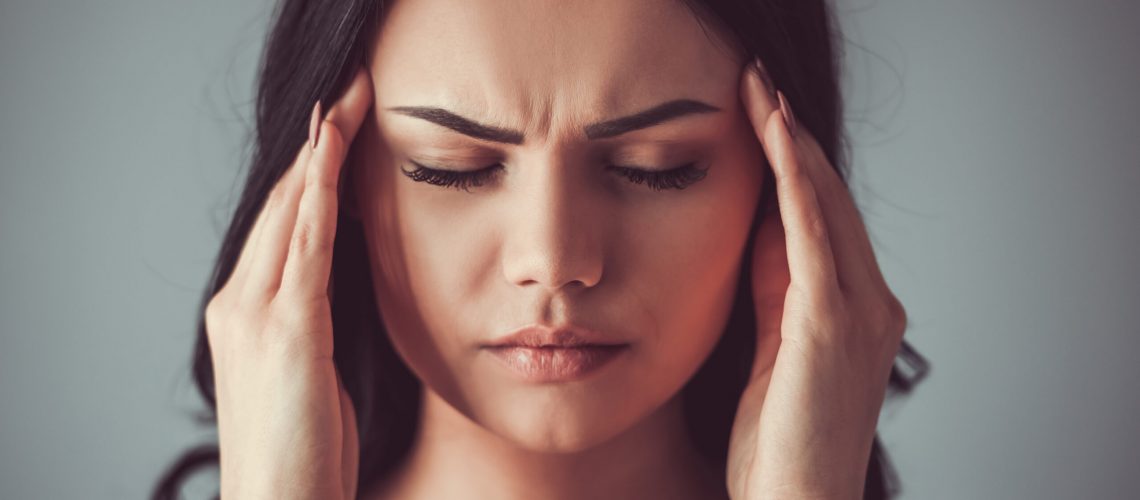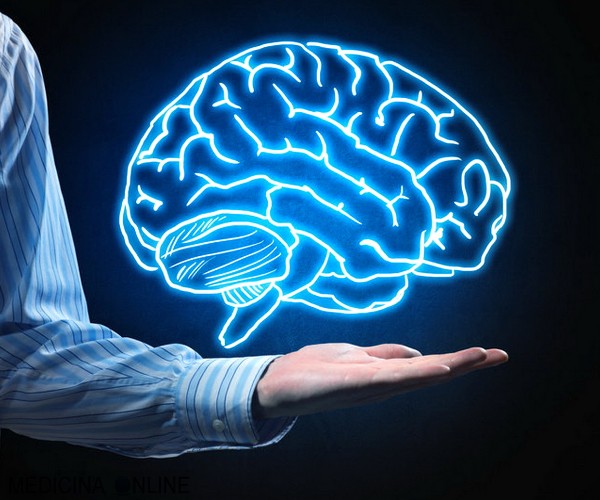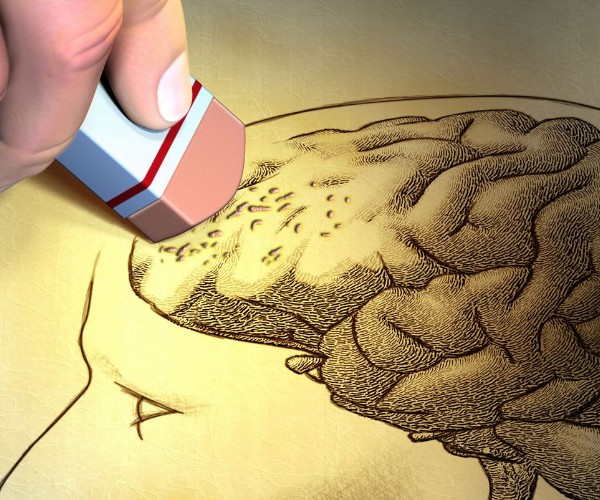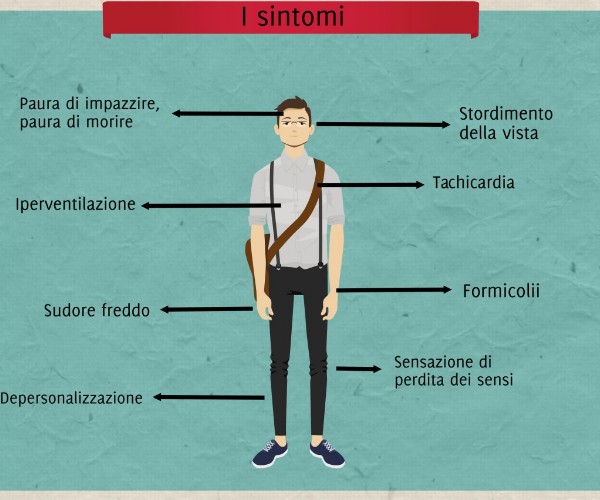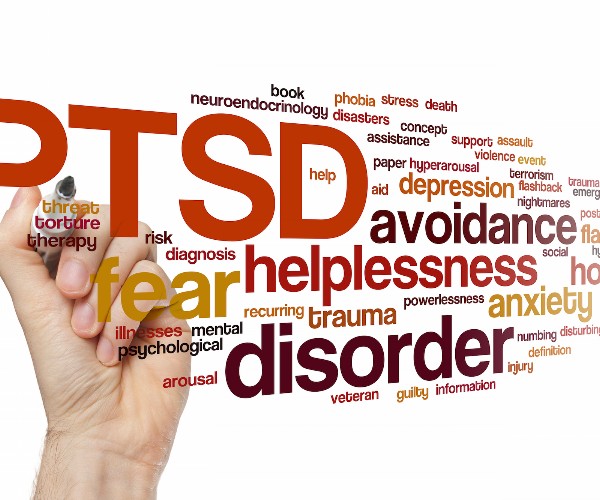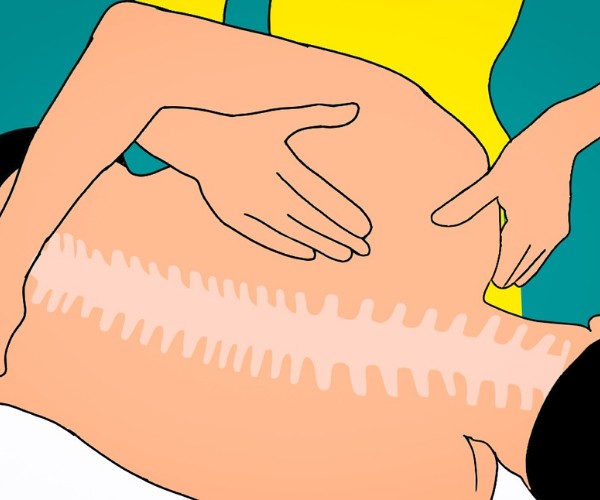Headache, the so-called “headache,” is probably the most common form of pain.
It is chronic or recurrent pain affecting various structures of the head, such as arterial and venous vessels, muscles, meninges, or subcutaneous tissues.
The brain, in contrast, is not sensitive to pain, as it lacks specific pain receptors.
Headaches are distinguished into primary, when no underlying pathology can be identified, secondary, related to head trauma, vascular disease, infection, brain tumors.
It is important to understand, early on, whether the headache is a symptom of a more serious illness. This is especially true for headaches that have arisen acutely in the last few days or weeks. If the headache has been present for some time one will be oriented toward a primary form of headache.
Primary headaches include: tension headache and migraine, because of their high frequency, and cluster headache, because of its severity.
There are various forms of headache:
- Tensive headache: this is the most common headache, affecting between 30 and 70 percent of the population.
Also known as muscle tension headache or psychogenic headache, it affects women more often at a ratio of 5 to 3 than men. The pain is bilateral or widespread usually mild or moderate, and is described as a “head circle,” a “helmet,” or a“weight.” The single headache lasts from a few hours up to one to two days. Tension headache can be occasional, if attacks appear at most once a month, or frequent, if seizures appear between 2 and 14 times a month. If, on the other hand, attacks occur more than 14 times a month, it is called chronic tension headache. - Migraine: less frequent than tension headache, migraine affects nearly 15% of the population with a clear prevalence in the female gender: 18% cases in women versus 8% in men. There may be familiarity in the sense that multiple members of the same family may be affected. Children and adolescents are less affected, with a prevalence of 9%, again with a higher frequency in the female gender, but more modestly than in adults.
The pain is usually widespread in the middle of the head, hence the term migraine, and has preferred locations, such as the frontal, temporal, or orbital areas.
Some migraines may go into chronic headache that can become daily: this is called chronic daily headache. In many cases, it is the abuse of pain medications that transforms an occasional migraine into a sub-continuous headache of mild to moderate intensity.
In these cases we can speak of medication overuse headache with greater impact on activities of daily living than the single migraine episode.
Cluster headache is a rarer form, moderately prevalent in the male gender, with onset between the ages of 20 and 40.
The pain is unilateral, extremely intense, accompanied by tearing, reddening of the conjunctiva, drooping and swelling of the eyelid, and narrowing of the pupil on the same side as the pain. Nausea and restlessness may also be present. The single headache episode is of short duration, ranging between 15 minutes and 3 hours, but may recur several times a day. During the headache attack, the subject does not go to bed, as in migraine forms, but moves nervously around the room in a state of considerable agitation and anxiety. Seizures occur several times a day, in clusters, hence the name of the condition. This form of headache persists for a period of one to three months, with long periods of well-being, even years.





